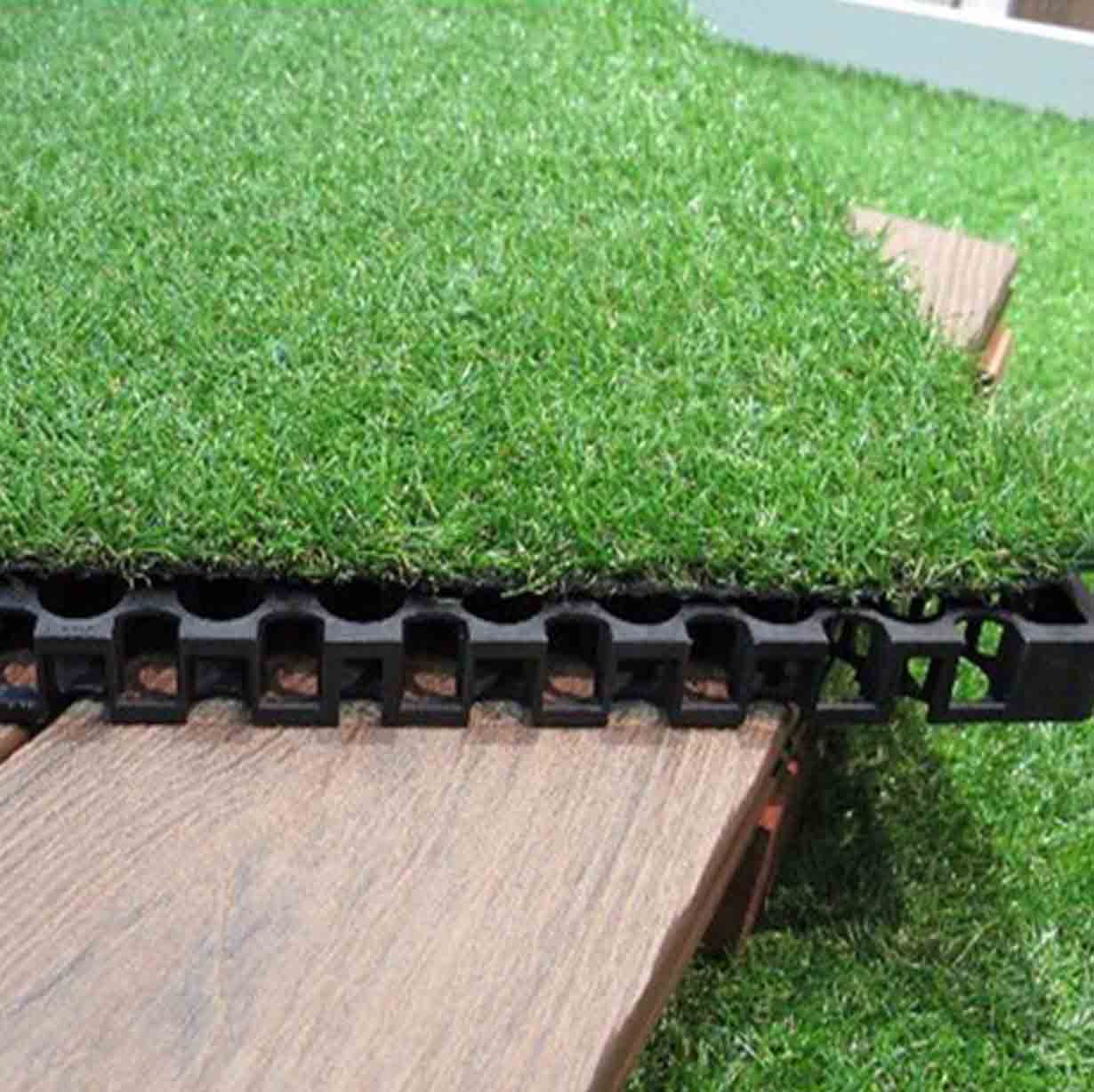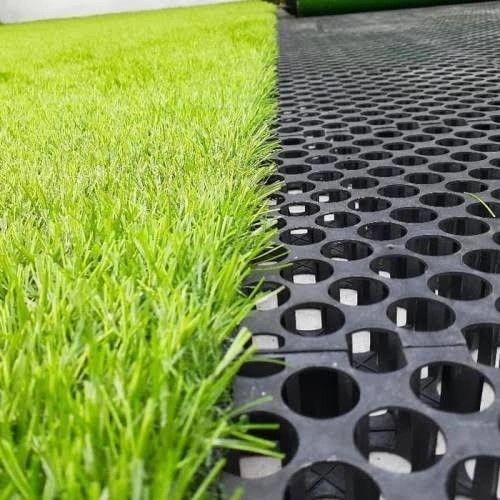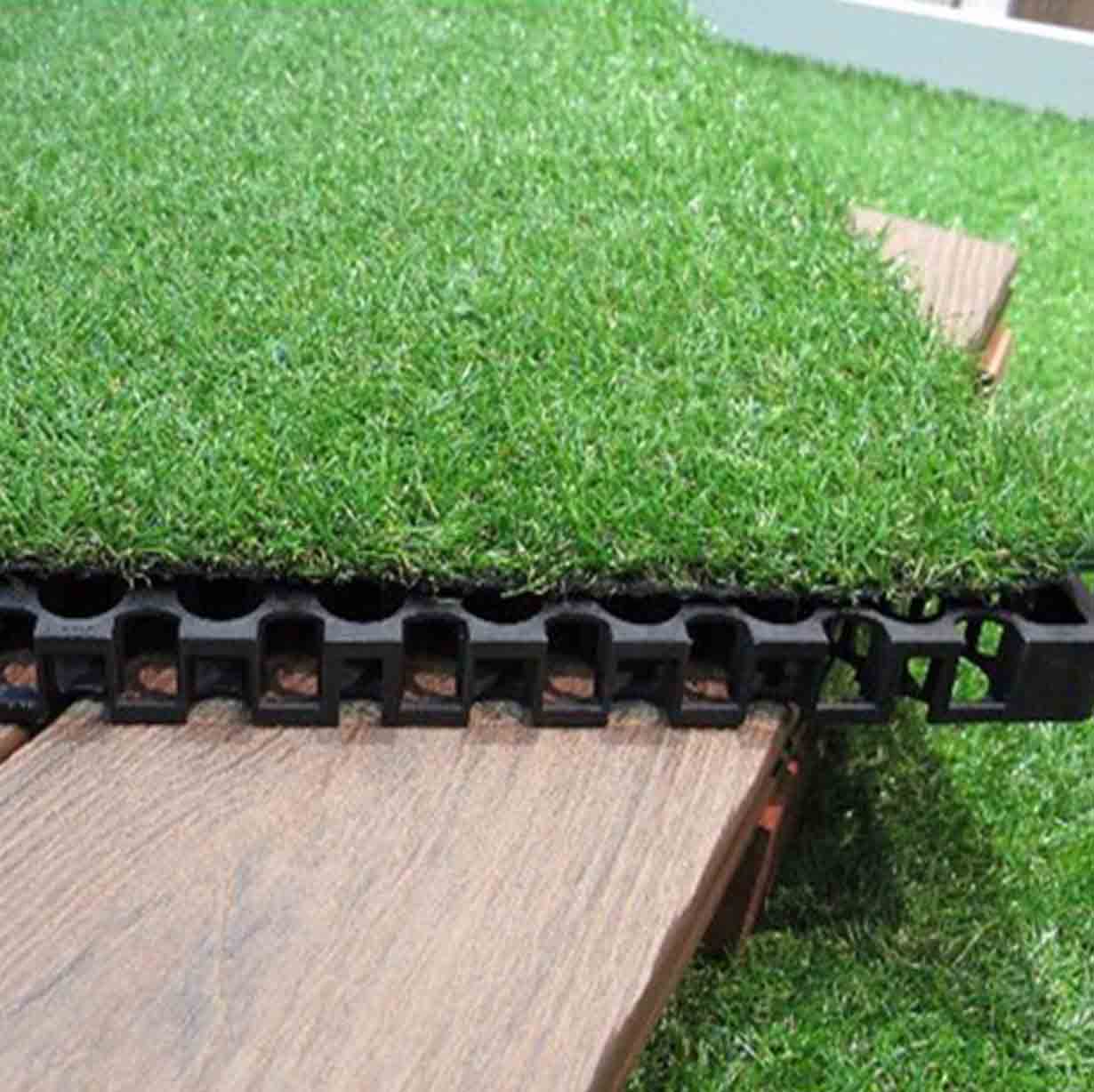Best Plastic Drainage Cell
1.Rainwater can be quickly and effectively exported, greatly reducing or even eliminating pressure of the waterproof layer.
2.It have multiple functions such as drainage, waterproofing, ventilation, moisture retention, and partitioning.
3.The edges of the plastic drainage cell have large and small fulcrum points, which can be overlapped with each other along the slope.
4.Transport volume is small, flexible.
When it comes to sustainable construction and landscaping, Plastic Drainage Cell solutions are quietly revolutionizing how we build green. Whether you're designing a rooftop garden, installing a podium planter, or laying the foundation for efficient water drainage, plastic drainage cells are the unsung heroes beneath the surface. But what exactly makes them so effective—and why are professionals around the world making the switch?
What is a Plastic Drainage Cell?
A Plastic Drainage Cell is a lightweight, high-strength, modular panel made from recycled polypropylene. These cells create a void beneath surfaces like green roofs or planter boxes, allowing water to drain freely while maintaining soil stability. Unlike traditional gravel-based systems, drainage cells offer uniform flow, reduced dead loads, and significantly improved waterproofing protection.
“I’ve replaced all gravel drainage systems in my projects with plastic drainage cells. They're lighter, faster to install, and offer cleaner drainage performance.”
— Samuel L., Landscape Architect (User Review)
Why Plastic Drainage Cells Are Changing the Game
1. Superior Drainage Efficiency
Plastic drainage cells offer high flow capacity, making them ideal for regions with heavy rainfall or projects that demand precise water management. By preventing waterlogging and soil erosion, these cells ensure plant health and structural longevity.
2. Lightweight and Easy to Install
Forget hauling heavy gravel. Plastic drainage cells are modular, lightweight, and can be cut or snapped to fit any layout, reducing installation time and labor costs significantly.
3. Green Building Friendly
Made from recycled plastic, these cells support LEED certification goals. They are non-toxic, UV-stable, and eco-friendly—an essential choice for sustainable development.
4. Versatility Across Projects
From green roofs, planter boxes, podium gardens, to retaining walls and even sports fields—Plastic Drainage Cell systems adapt easily. Their versatility is matched only by their performance.
“I used plastic drainage cells under my terrace garden, and I haven’t seen a single puddle since. My plants thrive without root rot. Brilliant product!”
— Emily G., Homeowner (User Review)
Technical Advantages Worth Noting
Load-bearing capacity: Supports heavy overburden, from soil to paved surfaces.
Air circulation: Promotes healthy root zones by preventing anaerobic conditions.
Protection layer: Shields waterproof membranes from damage.
Customizable thickness: Available in 20mm, 30mm, 50mm, or tailored specifications.
Real-World Applications
✅ Green Roofs
Drainage cells create a breathable gap between waterproof membranes and soil, facilitating natural airflow and water movement.
✅ Podium Landscaping
When landscaping atop concrete slabs, plastic drainage cells prevent hydrostatic pressure build-up while ensuring structural safety.
✅ Retaining Walls
Installed vertically, they manage water behind walls, reducing pressure and extending wall life.
How to Choose the Right Plastic Drainage Cell?
When selecting a Plastic Drainage Cell, consider:
Load requirements (vehicular vs pedestrian)
Drainage rate
Installation depth
Climate conditions
Always pair drainage cells with geotextile fabrics to prevent soil intrusion and ensure long-term efficiency.
“We’ve cut project costs by 18% just by switching to plastic drainage cell systems—without sacrificing performance. Total game-changer.”
— Marcus T., Civil Engineer (User Review)
FAQs about Plastic Drainage Cells
Q: How long do plastic drainage cells last?
A: Quality plastic drainage cells can last over 25 years, thanks to UV stabilization and durable polypropylene construction.
Q: Can I install them myself?
A: While possible for DIY projects, professional installation ensures optimal performance and integration with other systems like waterproofing membranes.
Q: Are they environmentally safe?
A: Absolutely. Most are made from recycled materials and are fully recyclable at the end of life.
Final Thoughts: Why You Should Invest in Plastic Drainage Cells
If you’re still using outdated drainage methods, now is the time to upgrade. Plastic Drainage Cell systems are cost-effective, long-lasting, and aligned with the future of green building. From architects and contractors to homeowners and landscapers, the consensus is clear: this technology works—and it works exceptionally well.










